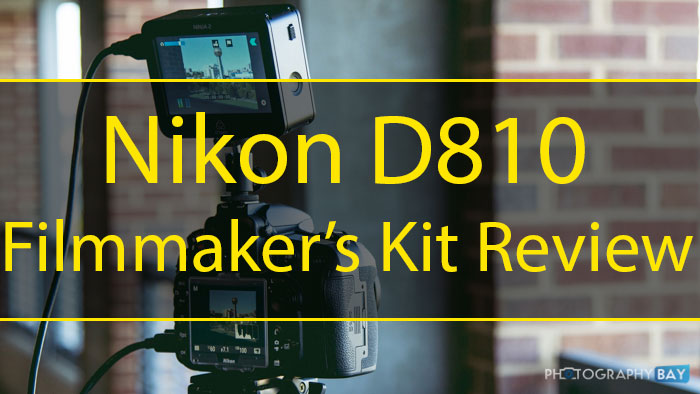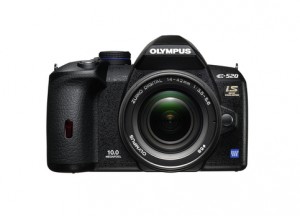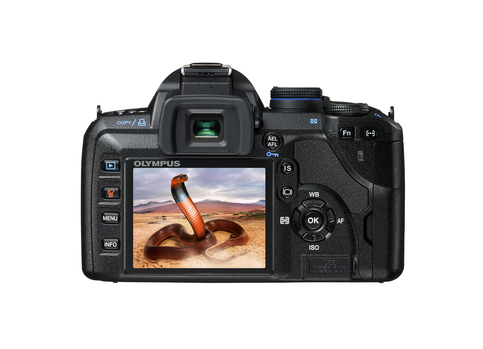The Nikon D810 is by virtually all regards an excellent full frame camera. It’s 36MP full frame sensor is class-leading in terms of resolution overall image quality.
The D810 is also quite the competent video camera, with plenty of new bells and whistles added over previous Nikon HDSLR offerings.
Nikon thinks the D810 is such a great HDSLR for cinematographers that it makes the camera available in what is called the Nikon D810 DSLR Filmmaker’s Kit, which is the focal point of this review. [Read more…]








